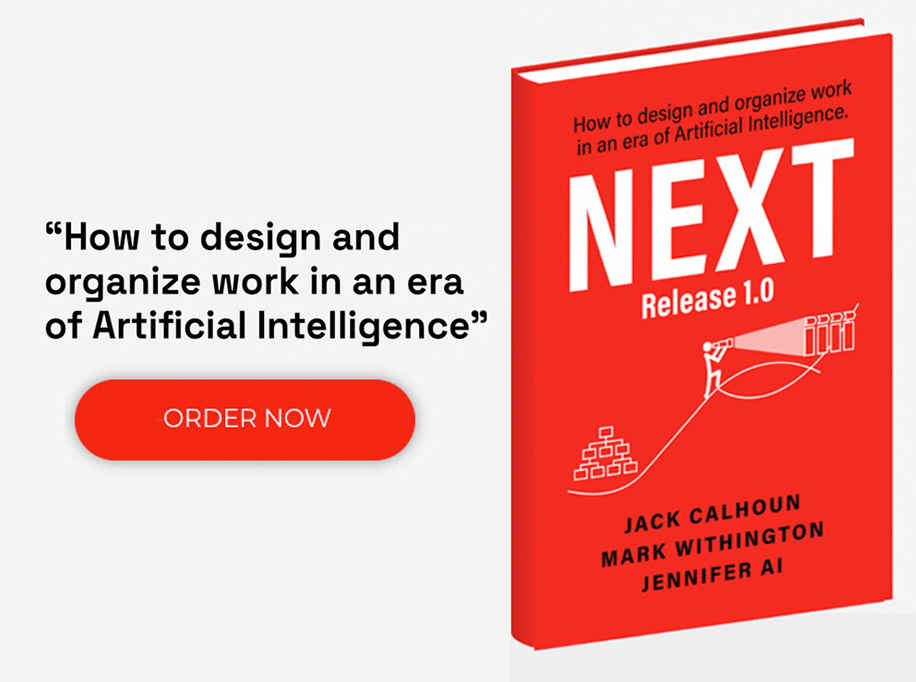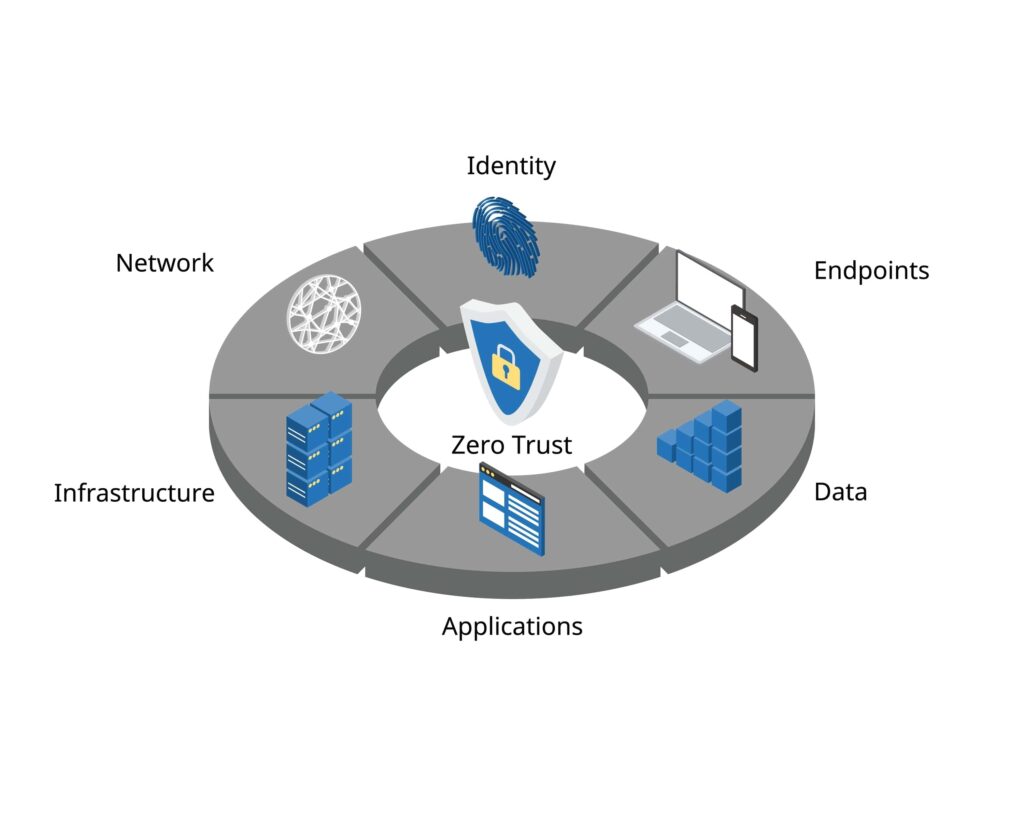Digital transformation revolutionizes how businesses operate and compete in the market. Staying updated with the latest trends is the key to maintaining a competitive edge and driving growth. In this blog, we will explore ten digital transformation trends that are set to shape the future of business in 2024, from AI advancements to Customer Data Platforms. Understanding these trends will help companies to prepare for the future and leverage new technologies to their advantage.
1. AI and ML
AI and Machine Learning (ML) are no longer just optional extras. They are quickly becoming integral to every business interaction and operation. In 2024, their usage will become even more ubiquitous. AI and ML technologies are embedded in everything from customer service chatbots to advanced analytics tools. This trend signifies a shift towards more intelligent, automated processes that enhance decision-making and operational efficiency. For instance, in healthcare, AI is used to predict patient outcomes and personalize treatment plans, while in retail, ML algorithms optimize inventory management and enhance customer experiences.
2. Edge Computing
Edge computing is gaining momentum as the need for faster data processing and real-time analytics grows. Unlike traditional cloud computing, which processes data in centralized data centers, edge computing processes data closer to where it is generated. This approach reduces latency, enhances performance, and improves reliability. Industries like healthcare, manufacturing, and retail benefit significantly from edge computing by enabling faster decision-making and more efficient operations. For example, edge computing can facilitate predictive maintenance in manufacturing by analyzing data from equipment sensors in real time.
3. Automation and No-Code Tools
Automation and no-code tools are transforming how businesses develop applications and conduct many business processes. These technologies accelerate development cycles, reduce costs, and increase operational efficiency. No-code platforms allow users to create applications without extensive programming knowledge, democratizing software development and empowering non-technical staff to contribute to digital initiatives. In 2024, we will see more businesses adopting automation and no-code tools to streamline workflows, enhance productivity, and accelerate innovation.
4. Capability Based Enterprises
Capability Based Enterprises are gaining traction as businesses seek more flexible and modular approaches to system design and operations. Capability Based Enterprises use interchangeable building blocks to create customized solutions that can be easily reconfigured to meet changing business needs. This approach enhances agility and innovation, allowing businesses to respond more swiftly to market changes and customer expectations. By adopting composable architectures, companies can reduce time-to-market and improve scalability, driving long-term growth and competitiveness.
5. Everything-as-a-Service (XaaS)
The Everything-as-a-Service (XaaS) model continues to expand, offering subscription-based services for a wide range of business functions. From Software-as-a-Service (SaaS) to Infrastructure-as-a-Service (IaaS), XaaS provides businesses with scalable, flexible, and cost-effective solutions. This trend is driven by the need for businesses to remain agile and reduce upfront costs associated with traditional IT investments. In 2024, more companies will embrace XaaS to streamline operations, enhance customer experiences, and drive innovation.
6. Cloud Repatriation
While cloud adoption has been a significant trend, cloud repatriation is emerging as a counter-trend. Some businesses are returning workloads to on-premise or hybrid environments due to costs, security, and performance. Under the right conditions, cloud repatriation allows organizations to optimize their IT infrastructure by balancing cloud and on-premises resources. In 2024, companies will carefully evaluate their cloud strategies to ensure they effectively meet business objectives while managing risks and costs.
7. Quantum Computing for Cybersecurity
Quantum computing holds the promise of revolutionizing cybersecurity by addressing complex security challenges. Quantum computers can process information at unprecedented speeds, enabling the development of new, virtually unbreakable cryptographic methods. While still in its early stages, quantum computing is set to play a crucial role in enhancing cybersecurity measures. In 2024, we will see increased investment in quantum research and the development of practical applications to protect sensitive data and secure digital infrastructures.
8. Digital Twins
Digital twin technology, which creates virtual replicas of physical assets, transforms industries by enabling real-time monitoring, simulation, and optimization. Digital twins are used in manufacturing to simulate production processes, in construction to monitor building performance, and in healthcare to track patient health. Digital twins help businesses make informed decisions, cut costs, and improve efficiency by providing a comprehensive view of assets and their behaviors. In 2024, the adoption of digital twins will continue to grow, driven by IoT and data analytics advancements.
9. Total Experience (TX)
Expanding Customer Experience (CX) to include Total Experience (TX) reflects a holistic approach to experience management. TX integrates customer, employee, and user experiences to create seamless and consistent interactions across all touchpoints. Businesses can enhance satisfaction, loyalty, and engagement by focusing on TX. In 2024, companies will increasingly adopt TX strategies to deliver superior experiences that drive competitive advantage and business success.
10. Customer Data Platform (CDP)
Customer Data Platforms (CDPs) are becoming essential tools for managing customer data and delivering personalized experiences. CDPs centralize customer data from various sources, providing a unified view that enables more accurate insights and targeted marketing. In 2024, the adoption of CDPs will continue to rise as businesses seek to improve customer engagement and drive revenue growth. By leveraging CDPs, companies can enhance their data-driven decision-making and create more meaningful customer interactions.
Take our quick and free assessment to learn about your organization’s exposure to digital disruption. Then, contact Accelare today to leverage these trends for your business.











